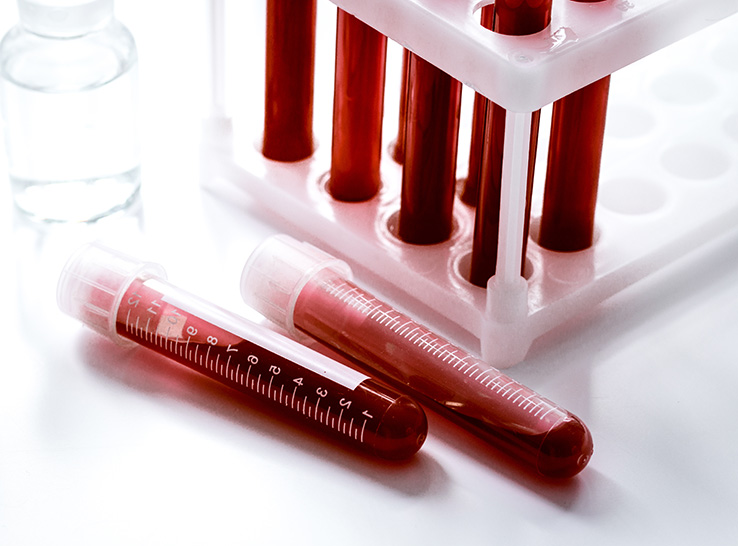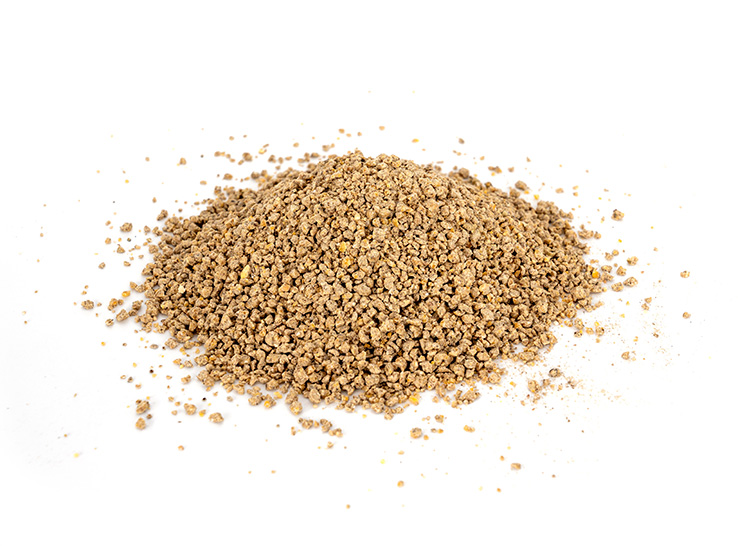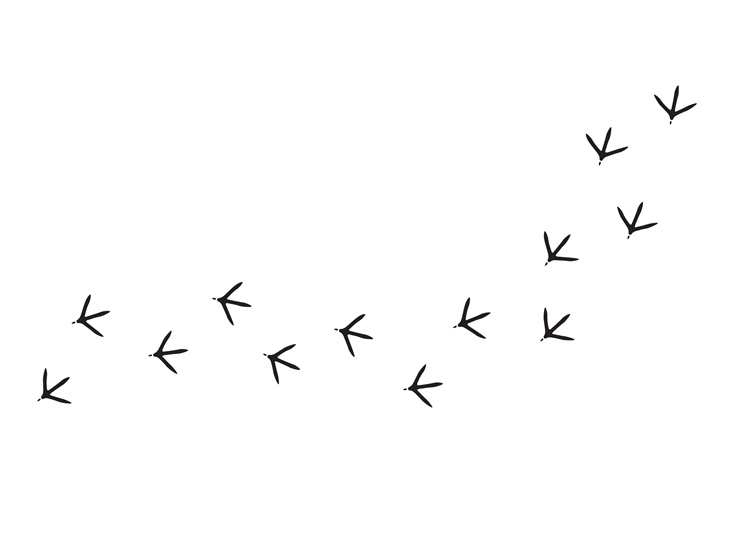Case report, part 2
Cloacitis, or vent gleet, is chronic inflammation of a bird’s cloaca that can result in urate scalding, prolapse, weight loss, inactive ovaries and high mortality. The exact cause of cloacitis isn’t entirely known or understood because the disease involves a complex of factors, which may include stress, yeast, bacterial imbalances, contaminated feed and more.
At the 2024 American Association of Avian Pathologists meeting, Montana Oubre, DVM, presented his findings from an investigation of blood biomarkers to identify correlations to birds with cloacitis versus healthy birds.
Oubre’s presentation was part II of a case report involving a commercial egg-layer farm that developed a gradual vent gleet/cloacitis manifestation that turned severe. Dan Wilson, DVM, Wilson Veterinary Company, presented part 1 of the case report.
Sampling the birds
For the investigation, Oubre and his team selected 91 birds from multiple houses of a commercial layer complex experiencing cloacitis. The birds ranged from 16 to 63 weeks of age.
“We identified birds that were positive for cloacitis and labeled them mild, moderate or severe. Mild was slight inflammation and redness of the cloaca, while severe included prolapses, urate staining and significant flushing,” he noted.
Of the 91 birds sampled, the team identified 43 with cloacitis, 20 of which were severe, 10 moderate and 13 mild.
Next, they collected a blood sample from each hen before necropsy and analyzed it on three different point-of-care devices on the farm within minutes of the blood draw.
“We identified more than 20 blood biomarker ranges, such as enzymes like aspartate aminotransferase (AST), proteins like albumin and globulin, and electrolytes like sodium and potassium,” Oubre explained.
“We wanted to determine which blood biomarkers were correlated to birds with cloacitis versus healthy birds and whether we could establish a blood biomarker profile within the birds with cloacitis.”
Blood biomarker analysis
The team observed that birds with cloacitis had a higher pH, particularly after 40 weeks of age. Oubre pointed out that an increased pH can be due to respiratory or metabolic processes, but this will need further investigation using additional biomarkers.
“We also noticed elevated bicarbonate levels in birds with cloacitis, suggesting they were retaining bicarbonate,” he noted. “They’re not removing it via their renal system, which can indicate poor kidney function.”
Increased bicarbonate can increase plasma pH, Oubre added, indicating metabolic alkalosis versus respiratory alkalosis.
Biomarker analysis also revealed that birds with cloacitis had decreased potassium levels after 35 weeks of age. Hypoalkalemia contributes to abnormal heart rhythms, muscle weakness and paralysis.
“Low potassium levels signal the kidneys to retain more water and reabsorb more bicarbonate,” he said.
Birds past 35 weeks of age with cloacitis had decreased chloride levels. Proper chloride levels are essential to maintain fluid balance and digestive function.
“Birds with cloacitis had significantly increased AST levels,” Oubre added. “AST is found throughout the body, especially in muscle and the liver, and is heavily involved in amino acid metabolism. Thus, high AST levels are common and considered healthy in broilers. But in the absence of high growth, such as in hens, it can indicate liver damage.”
Uric acid levels in birds with cloacitis were elevated until around 40 weeks of age and then those leves declined. This could be due to reduced feed intake, given that uric acid levels are related to crude protein levels.
It is possible that the older birds did not feel well and went off feed, Oubre noted.
Zeroing in on calcium
The team conducted a scientific literature review to determine if there are any causes for metabolic alkalosis in poultry. “We found that high levels of dietary calcium or sodium bicarbonate can result in the alkalosis issue that we were seeing,” he said. Notably, the layer farm had been feeding diets with supplemental calcium.
He conducted a study with a control group fed normal calcium levels (4%) and a group receiving a high-calcium diet (4.8%). The pH was lower in the control group (7.42) than in the treatment group (7.58). “So, we know that increased dietary calcium can cause this metabolic alkalosis,” Oubre said.
Also, calcium accumulation in the gut may cause more fluid to move into the gastrointestinal tract. This can then result in flushing, a symptom of cloacitis.
In addition to evaluating blood biomarkers, the researchers studied excreta samples for layers with cloacitis versus those without. “The mean calcium was much higher from the layer complex with cloacitis — 10.1 versus 4.21,” he noted. “In contrast, the phosphorus levels were similar: 3.25 for birds with cloacitis versus 2.08 for those without.”
The team also evaluated the excreta pH, observing that it was much higher for birds with cloacitis (8.59) than for those without (7.81), further validating the blood biomarker-analysis results.
“We recommended reducing dietary calcium levels from 4.8% to 4% to alleviate the metabolic alkalosis by reducing the pH,” Oubre said. “The goal was to rebalance the electrolytes and increase plasma phosphorus.”
Notably, reducing dietary calcium has been found to decrease water intake and reduce intestinal flushing, which is helpful when addressing cloacitis.
Checking the outcome
Oubre and his team resampled birds from the same houses 6 weeks after reducing dietary calcium levels. They conducted the exact same sampling process — blood biomarker analysis and full necropsies — which confirmed reduced prevalence of cloacitis.
Out of 69 birds sampled, 26 birds were considered recovering, as there was less flushing, less staining and their cloacas were healing and not prolapsed. Only five of the 69 birds had cloacitis, and the other 38 were considered healthy.
Looking at the same biomarkers, the team found that the pH in younger birds returned to normal while the older birds were still in alkalosis. “We think that the older birds didn’t recover from change as quickly,” Oubre noted. “Potentially, there’s more kidney damage, and those birds were not able to fix that alkalosis.”
The uric acid levels were reduced, suggesting better kidney function, especially in younger birds. AST levels were comparable to healthy birds, and the chloride level appeared normal, he added.
“Overall, we’re still seeing some disturbances in blood biomarkers and some alkalosis, but it’s mostly in older birds,” Oubre said, “and the younger birds appear to have returned to normal.”
Oubre offered a take-home message specific to blood biomarkers. “Blood biomarkers have been used in human, small-animal and large-animal medicine. Not so much in poultry,” he relayed. “But I think it can be a useful tool in our toolbox when we are investigating issues that we don’t entirely understand, cloacitis being one of them.”
Read part 1 of the case report: Does excess calcium cause cloacitis in layers?





